
Georgia’s 8,000-year wine history and natural wine revolution: sample rare organic wines from the birthplace of viticulture
Georgia is a wine lover’s dream destination, with 525 grape varietals and millennia of viticultural experience. With Soviet restrictions gone, the country using its grapes and traditional organic methods to make some unique wines
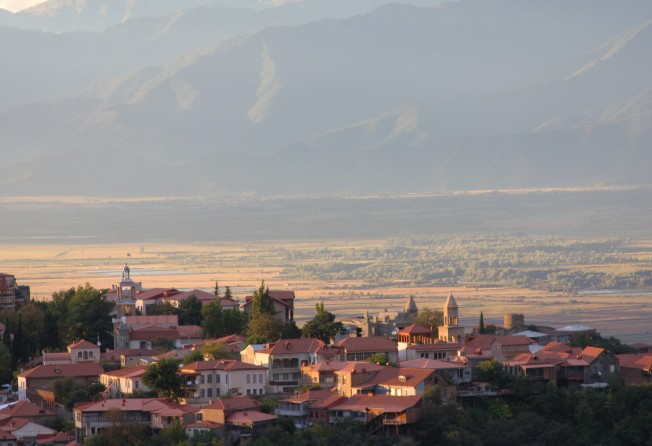

To take advantage of the regional variations, Pheasant’s Tears operates seven small vineyards across a nation half the size of Fujian province. Some of the grapes are harvested during the August heat. Other lowland varietals are plucked during the first frosts of December. Compare that to Bordeaux, where most grapes – and they use only three main varieties – are collected during a single week in October.
It wasn’t always thus. During Soviet occupation, only four grape varieties were planted to create homogenised wines for the Russian market. Fortunately, Georgia’s mountainous terrain made this policy impossible to police. A sheer lack of investment kept soils fertiliser-free. Now Georgian winemaking traditions are emerging just as the market is turning to timeless, natural and organic products.,

The resulting wines are thereunsullied and unoaked, and “speak Georgian” at every turn.
We ascend to the Pheasant’s Tears rooftop for a panoramic degustation. First up is a 2017 Bakurtsikhe Rkatsiteli, normally a white wine, but in this case, turned pink by six months of skin contact. It comes from vines that are tilled on horseback to ensure that no tractor fumes pollute the grapes.
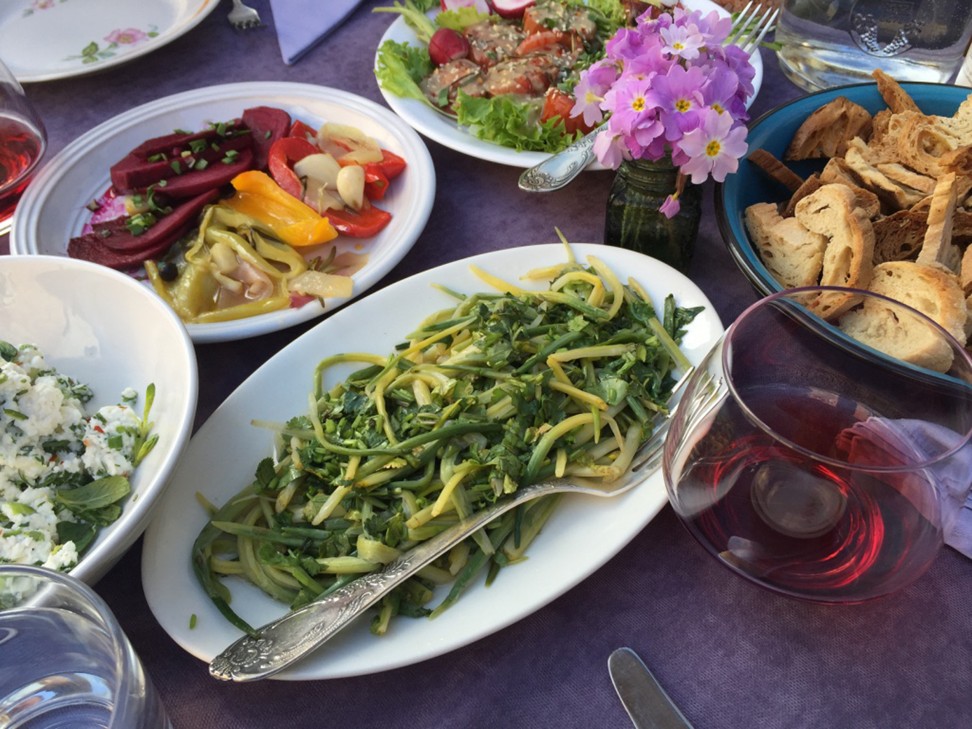
“It’s strange that consumers demand zero chemicals in their food, yet seem content to drink additives and preservatives in their wine,” says Wurdeman. “In the United States, research shows that Midwest drinkers prefer banana and bubblegum aromas, so 100 flavourings are blended into wines destined for those supermarkets. Worse still, the winemakers don’t have to list them.”
With the success of his wines (Pheasant’s Tears is stocked by Michelin-starred restaurants including Noma and El Celler de Can Roca, and is sold by EverCohol in Hong Kong), Wurdeman has inspired a new generation of Georgian winemakers to produce natural wines.
One, Shota Lagazidze, is waiting outside the winery in his Toyota 4x4.
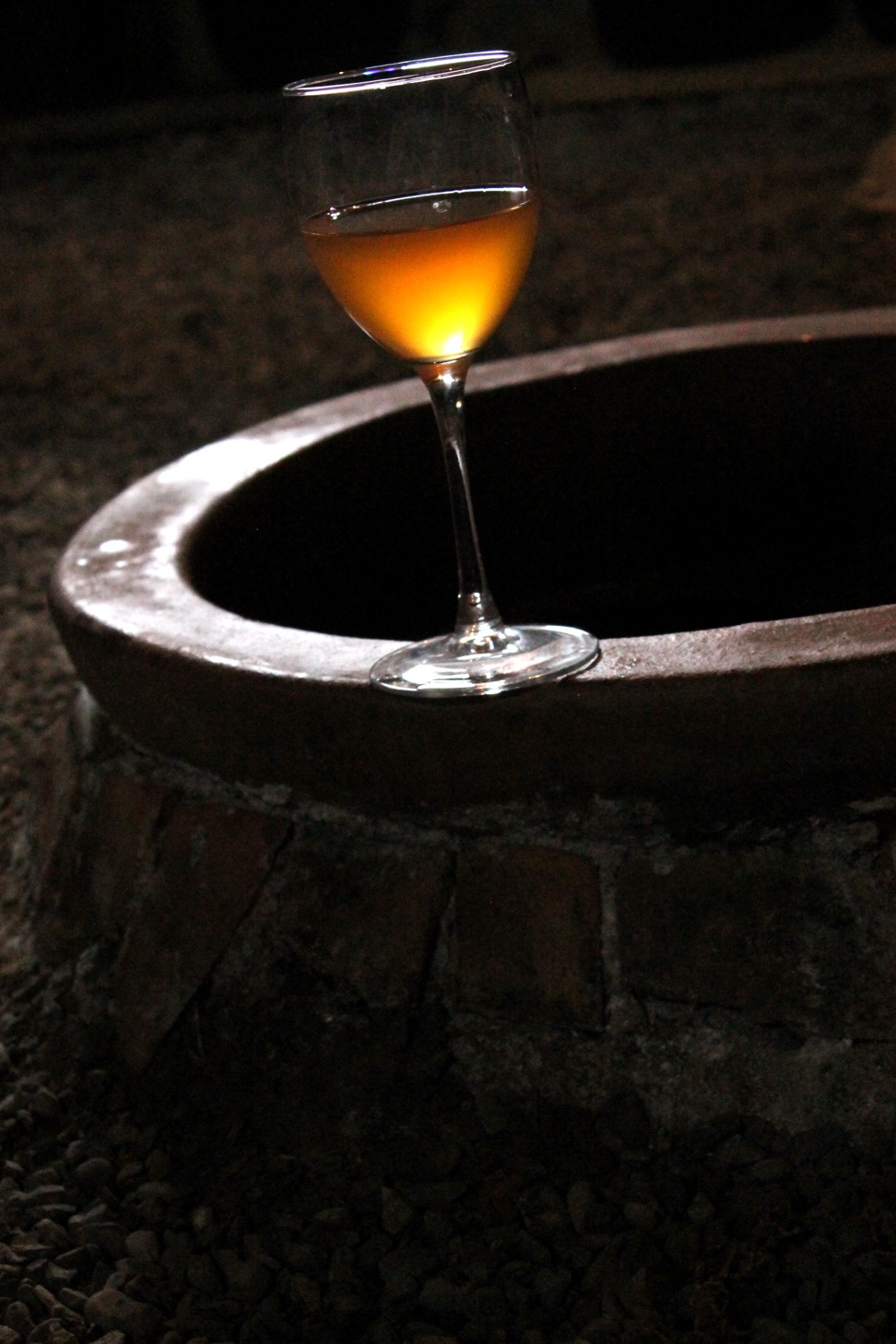
“I make about 1,500 bottles per year,” says Lagazidze. “This is the most you can produce with your own hands.” The fact that every Georgian family makes their own wines explains Lagazidze’s complete lack of ego. “My goal is to experiment, not to export to Japan and the United States.”
After a tasting he drops me in the winemaking town of Sighnaghi – the Kakheti region’s answer to Bordeaux’s St Emilion – to meet another vigneron who sees sense in resurrecting ancient traditions.
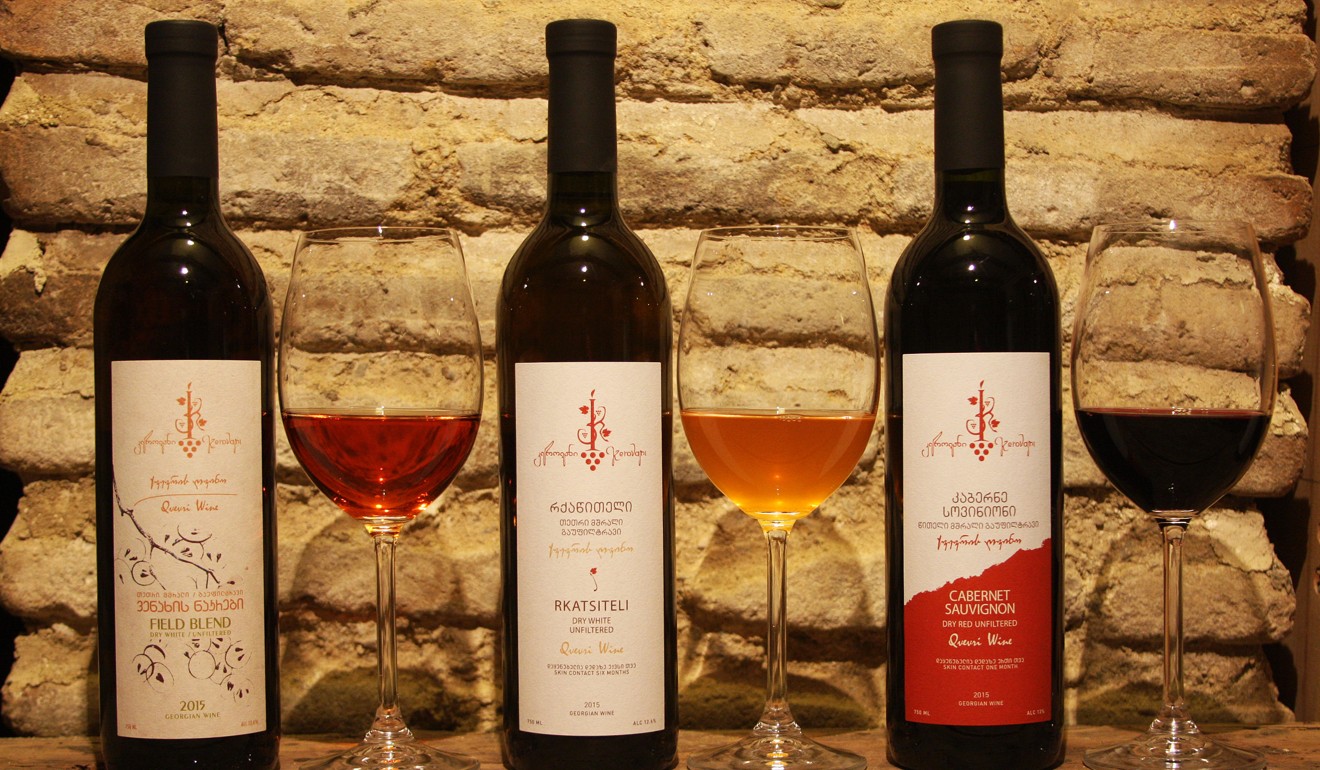
The appeal is spreading: Chinese visitors, lured by US$20 eVisas, pushed visitor numbers to Georgia up by 54 per cent in 2017.
In 2012 Natsvlishvili started making his own wine with just 16 rows of vines. This quarter hectare of wine producing land – enough to make 1,000 bottles per year – would have cost the young Georgian around US$4,000, a relative bargain, considering no fertiliser or machines are needed during production. Again, Natsvlishvili sees sense in inviting guests to see the dozen qvevris in his cellar, then selling bottles for US$12 in his freshly painted degustation salon.
“Our country can’t compete in tourism with Turkey or Spain,” he says. “Our attraction is that tourists can only sample these unique grapes right here.”
Natsvlishvili just took delivery of a second-hand disgorgement rack, ordered on eBay from France’s Champagne region, to create sparkling wines.

Kakheti is just one of the country’s wine regions. The road to the capital Tbilisi runs through walnut trees and cherry orchards to a dozen more winemaking areas. In the previous decade, the natural wines I sampled would have been drunk only in the home. Commercial wines, most with added sulphates, still make up the lion’s share of the 7.5 million bottles exported annually from Georgia to China, a figure that rose 50 per cent in 2017.
One visitor-friendly wine bar is incubating a nationwide wave of natural winemakers.
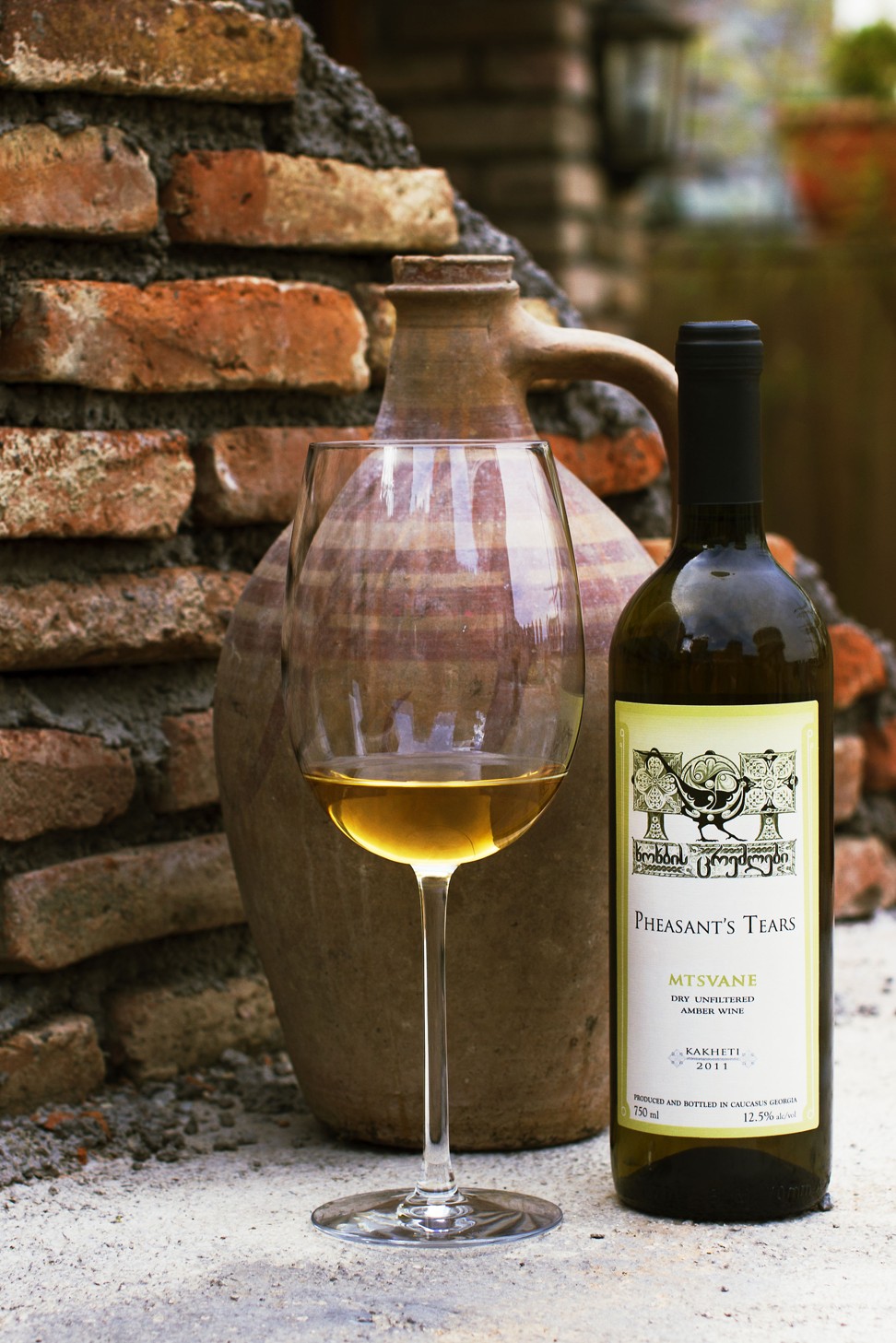
Twenty-four-year-old bar manager Ènek Peterson serves as an oral database for these off the map wines. As she explains, eastern wines are fermented to a deep amber colour. This makes them perfect for pairing with grilled meats and poached fish.
Western wines, like the Archil Guniava 2016 are made in tranquil valleys that welcomed trade. The resulting flavours from Guniava’s half-hectare vineyard, made with the gamey semi-wild otskhanuri sapere grapes, are sun-kissed and spiced – the Silk Road in a glass.
Peterson has also caught the winemaking bug. In 2016 the young expatriate American bought “under a hectare” of land four hours west of Tbilisi, “because I liked the grapes”. Was it challenging? “Considering the only American girls that locals had seen were on TV, and harvesting grapes is a mature man’s job, it was an experience,” she says. The first 200 litres produced at her Freya’s Marani vineyard were fermented in the cellars of the Vino Underground bar, with handmade labels stamped on each. Like the contents of a qvevri, Georgia’s natural wine industry is in constant motion.
How to get there
Qatar, Turkish Airlines and Gulf Air all fly to Tbilisi with one connection. The journey takes from 14 hours to 18 hours.
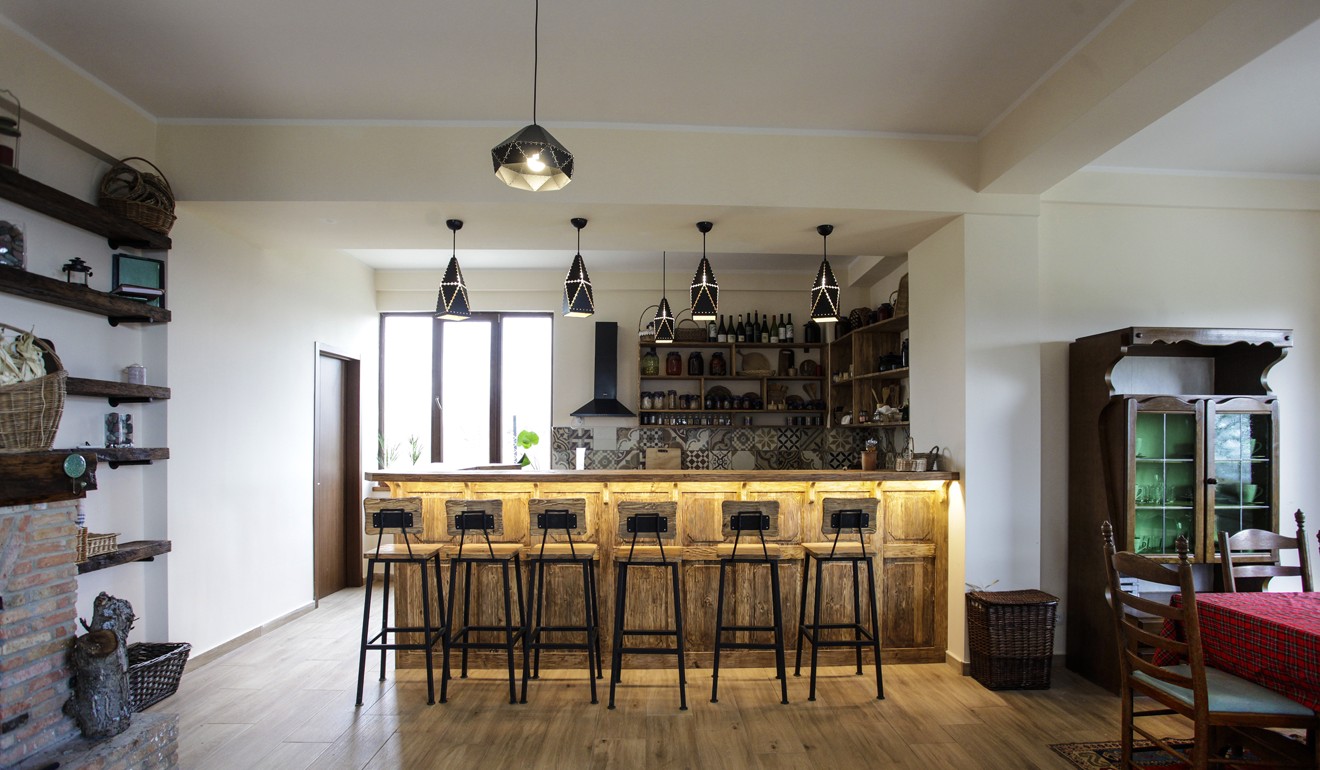
The Lost Ridge Inn (lostridgeinn.com, doubles from US$90 per night) in the Kakheti wine region is owned by the Living Roots tour agency (travellivingroots.com), which operates wine, horseback and food tours nationwide.
In Tbilisi, brand new luxury hotel Stamba (stambahotel.com, doubles from US$264 per night) has a glass-bottomed rooftop swimming pool and art deco guestrooms.
Pheasant’s Tears Winery
18 Baratashvili Street, Signagi, Georgia, tel: +995 355 23 15 56
facebook.com/Pheasants-Tears-Winery-85686978213
Lagazi Wine Cellar
Zemo Alvani, Akhmetis Raioni, Georgia, tel: +995 551 94 02 17facebook.com/LagaziWineCellar
Vino Underground
15 G. Tabidze Street, 0105 Tbilisi, Georgia, tel: +995 322 30 96 10
facebook.com/pages/Vino-Underground/349171521822676
Kerovani Winery
D. Agmashenebeli 18, Signaghi, Kakheti, Georgia, tel: +995 599 40 84 14
facebook.com/Kerovani-Winery-1669927773221608/
Freya’s Marani
instagram.com/explore/tags/freyasmarani/?hl=en